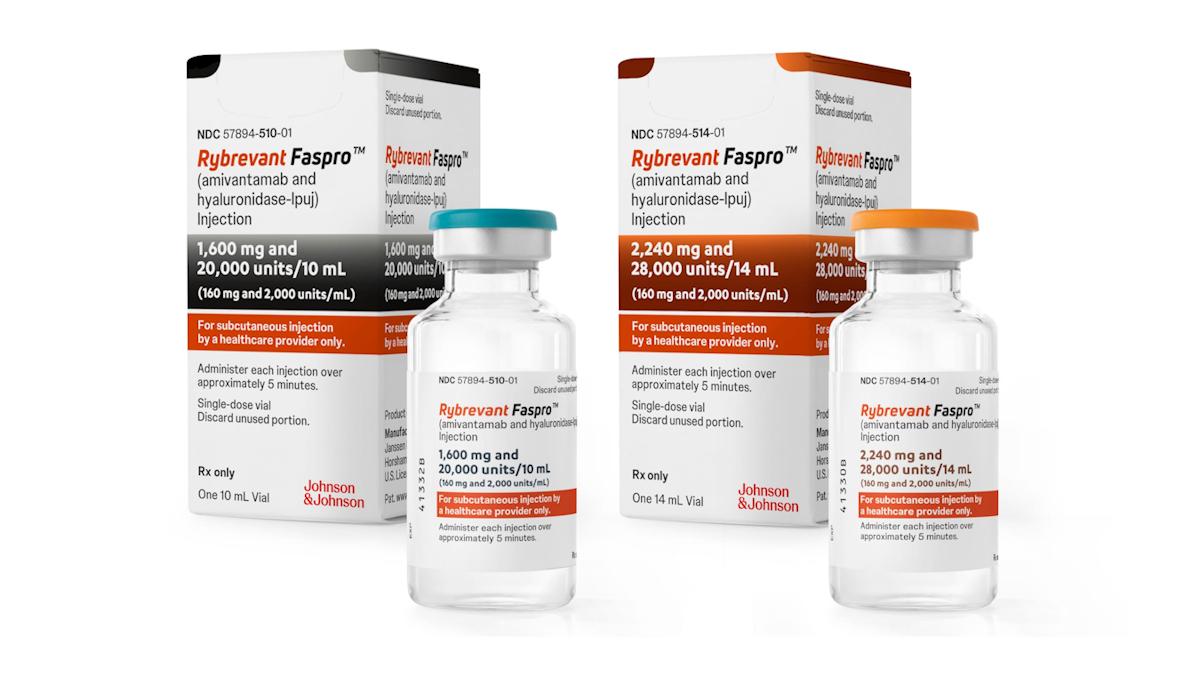GSK's PARP drug Zejula approved in wider ovarian cancer population

The FDA has approved GlaxoSmithKline’s Zejula (niraparib) in a wider ovarian cancer indication, the first time a PARP class drug has been approved in a wider group of patients without the BRCA mutation in this use.
The new addition to the US label for Zejula covers advanced ovarian, fallopian tube, or primary peritoneal cancer patients, who have been treated with three or more prior chemotherapy regimens.
However as well as covering deleterious or suspected deleterious BRCA mutation, it also includes cancers with genomic instability, and have progressed more than six months after response to the last platinum-based chemotherapy.
The new indication is further vindication of GSK's decision to spend $5.1 billion buying Tesaro at the beginning of the year, the company that first developed Zejula.
This new definition of homologous recombination deficiency (HRD) expands the population who are eligible for treatment with a poly (ADP-ribose) polymerase (PARP) inhibitor, at a time when competition in this corner of the cancer drug market is mounting.
AstraZeneca’s Lynparza (olaparib) is still market leader after first approval in ovarian cancer in 2014, followed by approval in fallopian tube, peritoneal and breast cancer.
Clovis Oncology has got its PARP drug Rubraca (rucaparib) approved in ovarian cancer, and Pfizer also has Talzenna (talazoparib) on the market for metastatic breast cancer but only in cancers where BRCA mutations are present.
AZ last month presented findings of the PAOLA-1 trial at ESMO, which showed that adding Roche’s Avastin (bevacizumab) to Lynparza results in improved progression-free survival in a wider group of patients with advanced ovarian, fallopian tube, or primary peritoneal cancer.
GSK’s expanded indication is based on the QUADRA study, a phase 2, multi-centre, open label, single arm clinical study representing a real world, difficult-to-treat patient population.
The largest clinical trial of a PARP inhibitor in women who received three or more treatments for advanced ovarian cancer, QUADRA enrolled a broad patient population including women with BRCA+ platinum-sensitive, resistant and refractory disease as well as women with HRD+ platinum-sensitive disease.
Clinically meaningful and durable benefit was demonstrated in the FDA-indicated patient population with an objective response rate of 24%, and a median duration of response of 8.3 months.
There were several sub-analyses, and patients without BRCA mutations, but whose platinum-sensitive cancers were considered genomically unstable, showed an overall response rate of 20%.
ORR was highest (39%) in platinum-sensitive BRCA positive cancers, the analysis showed.













